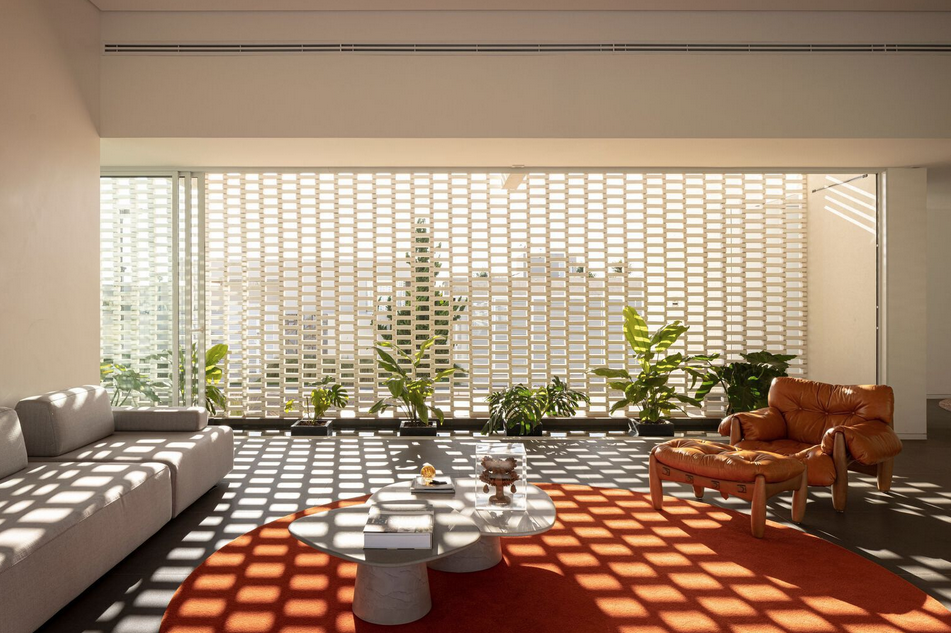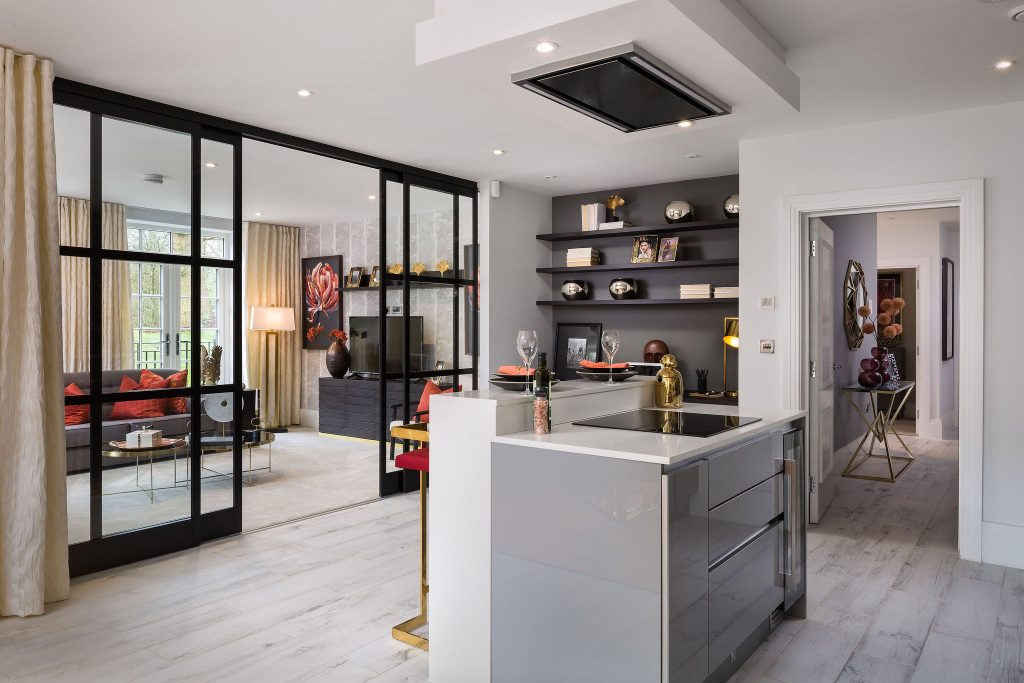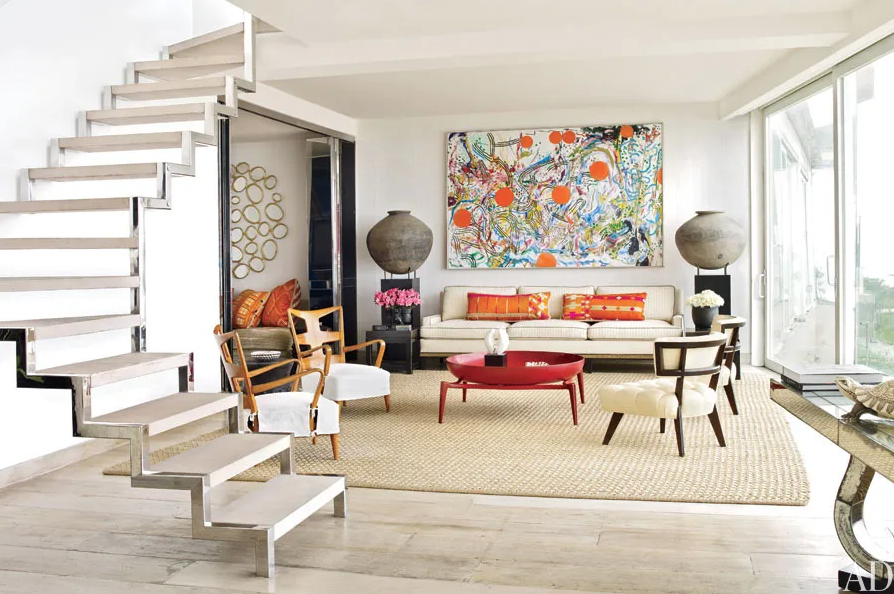Space planning tips for the modern Filipino mom
It is hard to fathom just how much mothers have to contend with on a daily basis, especially these days.
They have to build their careers, often serve as the primary caregivers of their respective families, and somehow, have to allot enough time and energy to attend to their own physical and mental needs. This is why having a home to retreat to—that is, a place where they can unwind and take a breather—is so important.
Keeping a home in good order takes a lot of work. Thus, it is imperative that homes are designed properly to minimize maintenance, especially for our hardworking moms. Here are some tips when planning or renovating your future home.

For mothers, home planning always revolves around maintaining a clean and orderly house, with as little effort and time as possible. | PHOTO: JOANA FRANÇA
Invest in good design
This point might be obvious to some, but it is one of the most overlooked and often-skimped-on steps in building a future home.
Proper design—based on the optimal arrangement and sizing of spaces like bedrooms, living and dining rooms, utilities and laundry areas, and bathrooms; location of doors, windows, stairs, hallways; and placement of access points for water, drainage, and electricity like switches, electrical outlets, lights, kitchen sinks, lavatories, showers, and water closets—simply cannot be had without the involvement of duly licensed and qualified design professionals.
There have been countless cautionary tales of people who chose to thrift on design fees only to see their hard-earned money go to waste with below-par results and sometimes, even outright hazards to their health and well-being due to poor design choices for their home.
Optimize space arrangements
It is easy to discern if a space has been designed well.. It maximizes living spaces (living and dining rooms, bedrooms, studies) in relation to utility (kitchens, bathrooms, laundry areas) and circulation spaces (stairs, hallways), as well as minimizes the inconveniences and negative impacts brought about by the essential activities of daily life.
For mothers, this notion almost always revolves around maintaining a clean and orderly house, and having safe and comfortable occupants, with as little effort and time as possible. The former involves essential but often messy activities like cooking, doing laundry, storing and disposing of waste, and using the bathroom. The latter involves preventing untoward incidents.
It is always a good idea to have common bathrooms, kitchens, laundry, garbage disposal, and the like adjacent to each other, away from living areas, and ideally next to a dedicated point of access such as a rear or side door. This insulates the living space, as well as the occupants, finishes, furniture, and upholstery within, from getting stained or soaked with unwanted odors and vapors, and thus keeps them clean for longer.
Meanwhile, minimizing sharp corners in walls and furniture and level drops goes a long way in preventing accidents–from minor annoyances like stubbed toes or gashed elbows to major emergencies like slips and falls.
Prioritize ventilation, daylight
Spaces must always have access to natural lighting and proper ventilation, which will allow fresh air in and will keep molds and bacterial growth at a minimum. This will ensure a clean, safe home.
Such odors and vapors from utility spaces have to come out somewhere, or their will stay in the home and deposit whatever is suspended in them in the house itself, resulting in damp, smelly, greasy floors, walls, furniture, sheets, and upholstery, which will then be breeding grounds for molds and bacteria. Closed spaces with stagnant air also do not let hot air out, promoting unwanted growths, not to mention a deeply uncomfortable living experience for occupants.
Sunlight comes with ultraviolet rays that kill harmful microbes. Surfaces exposed for extended periods to the sun are almost always regarded as relatively sterile, and it’s also why the practice of “pagpapa-araw” in our culture is so prevalent.
If you don’t need it, don’t build it
One room too much is one more room to have to fuss over. The problem is only compounded when one considers the steep cost and lack of availability of household help in the country.
Do you really want that music room you’ve always dreamt of, or that second guest bedroom for a relative who visits you once every 10 years? Is it something you really can’t live without? If the answer is a weak no, then save yourself the endless days of cleaning and maintenance, as well as the cost. Look away, and don’t build it.

